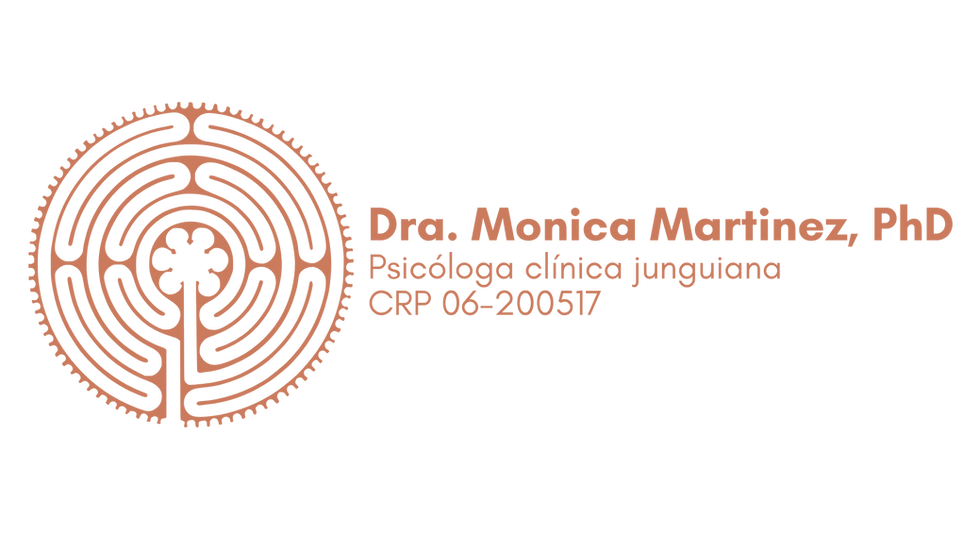"Desconstruídos em livro, arquétipos ainda são o mapa da terapia junguiana
- Monica Martinez

- 13 de dez. de 2023
- 3 min de leitura

Em Psicologia Analítica, parte-se da premissa de que os arquétipos, por assim dizer, são padrões universais que, ao serem acessados, permitem o desenvolvimento do processo terapêutico.
Um livro instigante lançado este ano questiona este pilar da teoria junguiana. Trata-se de "Deconstructing Archetype Theory: A Critical Analysis of Jungian Ideas" (Routledge, 2023) — em tradução livre, "Desconstruindo a Teoria dos Arquétipos: Uma Análise Crítica das Ideias Junguianas".
O autor, Christian Roesler, é professor de Psicologia Clínica na Universidade Católica de Freiburg/Alemanha, de Psicologia Analítica na Universidade de Basel/Suíça e de Ciências da Psicoterapia na Universidade Sigmund Freud/Áustria, além de ser membro do corpo docente dos institutos C.G. Jung em Stuttgart e Zurique.
Segundo ele, a teoria dos arquétipos não é única, nem coerente. Para Roesler, existem quatro abordagens teóricas diferentes: a biológica, a antropológica, a transcendental e a psicológica. Por extensão, elas são percebidas de maneira diferente em disciplinas distintas, como a biologia, a antropologia, os estudos de religião e de mitologia comparada.
Em seu estudo, o pesquisador explica ainda que o próprio Jung apresentou diferentes versões do conceito de arquétipo ao longo de suas publicações.
Psicanalista junguiano em Freiburg, Roesler conclui que a profusão teórica não é um problema para a prática. Para ele, o processo universal de transformação psicológica seria a única parte da teoria dos arquétipos que deve ser mantida, pois fornece um mapa importante para a psicoterapia.
Afinal, os analistas junguianos partem da premissa de que "toda a informação arquetípica é potencialmente acessível a qualquer um de seus clientes através do inconsciente (coletivo) e pode ser ativada nas circunstâncias adequadas" (Roesler, 2023, posição 917).
Por fim, Roesler lembra que no livro "Arquétipos e Inconsciente Coletivo" (OC 9/1 e 2), Jung fala de 13 arquétipos centrais:
Sombra
Anima and Animus
Self -
A Grande Mãe
Pai
Puer/A Criança Divina
Core/A Donzela
Herói
Ancião Sábio
Trickster / Trapaceiro
Coniunctio
Mandalas
Renascimento
Monica Martinez
English
In Analytical Psychology, it is assumed that archetypes, so to speak, are universal patterns that, when accessed, allow for the development of the therapeutic process.
A great book released this year questions this pillar of Jungian theory. It is titled "Deconstructing Archetype Theory: A Critical Analysis of Jungian Ideas" (Routledge, 2023).
The author, Christian Roesler, is a professor of Clinical Psychology at the University of Freiburg/Germany, of Analytical Psychology at the University of Basel/Switzerland, and of Psychotherapy Sciences at the Sigmund Freud University/Austria. Additionally, he is a faculty member at the C.G. Jung Institutes in Stuttgart and Zurich.
According to him, the archetype theory is neither singular nor coherent. Roesler proposes four different theoretical approaches: biological, anthropological, transcendental, and psychological. Moreover, these approaches are perceived differently across various disciplines, such as biology, anthropology, religious studies, and comparative mythology.
In his study, the researcher further explains that Jung himself presented different versions of the archetype concept throughout his publications.
As a Jungian psychoanalyst in Freiburg, Roesler concludes that theoretical profusion is not a problem for practice. In his view, the universal process of psychological transformation is the only aspect of archetype theory that should be retained because it provides an important map for psychotherapy.
After all, Jungian analysts assume that "all archetypal information is potentially accessible to any of their clients through the (collective) unconscious and can be activated under suitable circumstances" (Roesler, 2023, position 917).
Finally, Roesler reminds us that in the book "Archetypes and the Collective Unconscious" (CW 9/1 and 2), Jung discusses 13 central archetypes:
- Shadow
- Anima and Animus
- Self
- The Great Mother
- Father
- Puer/A Divine Child
- Core/The Maiden
- Hero
- Wise Old Man
- Trickster
- Coniunctio
- Mandalas
- Rebirth
Monica Martinez
.png)



Comentários